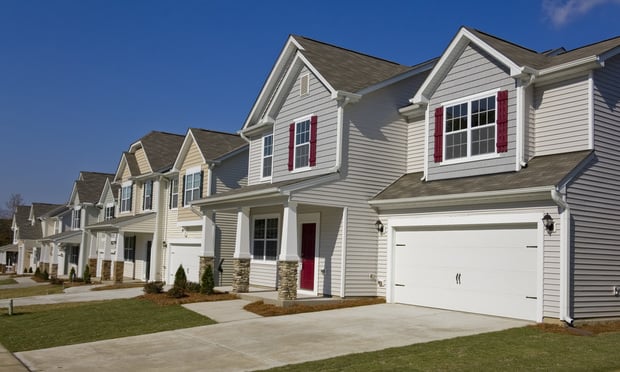 Mitchell Yankowitz of Medical Office Asset Management.
Mitchell Yankowitz of Medical Office Asset Management.
➤➤ Join the GlobeSt.HEALTHCARE (formerly RealShare) conference December 3-4 in Scottsdale, AZ. The event will cover the industry's major issues as well as the prevailing and upcoming trends in regulations, space use, budgeting, and technology implementation. Through panel discussions and peer-to-peer networking opportunities, the attendees will gather expert insights on how these factors will affect the development, operation, investment and design of healthcare real estate. Click here to register and view the agenda.
NEW YORK CITY – Medical office has captured the real estate spotlight as the sector continues to see strong investment sales with large hospitals buying up doctor practices, and the development of off-campus patient facilities takes off, Mitchell Yankowitz, managing partner at Medical Asset Management, a medical real estate advisory firm, tells GlobeSt.com.
Nationally, there has been a lot of consolidation and acquisitions of smaller doctor practices in the market as larger healthcare institutions seek to bulk up on assets that could serve as outpatient facilities to offer quicker and better quality care in a cheaper and more streamlined way, Yankowitz said. "Healthcare has gotten so expensive, health care providers are exploring ways to become more efficient without compromising patient care," he said.
Hospitals such as Mount Sinai Health System in New York and UCLA and Cedars-Sinai Medical Center in California are examples of larger hospital systems gobbling up smaller institutions to absorb their cash and private insurance patients.
Recommended For You
Want to continue reading?
Become a Free ALM Digital Reader.
Once you are an ALM Digital Member, you’ll receive:
- Breaking commercial real estate news and analysis, on-site and via our newsletters and custom alerts
- Educational webcasts, white papers, and ebooks from industry thought leaders
- Critical coverage of the property casualty insurance and financial advisory markets on our other ALM sites, PropertyCasualty360 and ThinkAdvisor
Already have an account? Sign In Now
*May exclude premium content© 2025 ALM Global, LLC, All Rights Reserved. Request academic re-use from www.copyright.com. All other uses, submit a request to [email protected]. For more information visit Asset & Logo Licensing.








